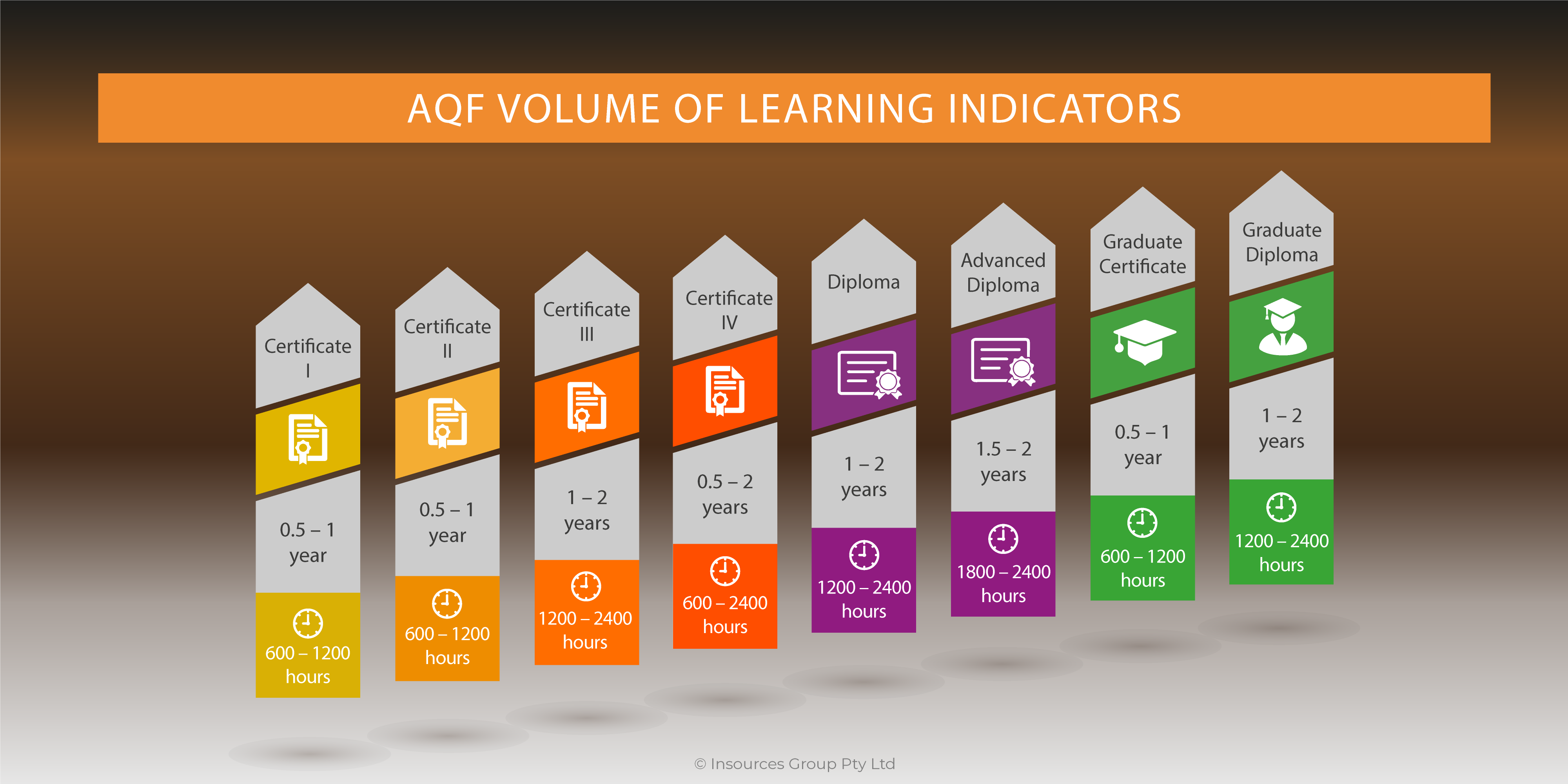 Instructional design involves doing far more than designing instruction. In that sense, it is really a misnomer. Instructional design is designing a system that enables students to not only learn, but to do. Here are the components of this system:
Instructional design involves doing far more than designing instruction. In that sense, it is really a misnomer. Instructional design is designing a system that enables students to not only learn, but to do. Here are the components of this system:
On-the-job training and simulations
Instructional designers analyze the work environment to ensure that it supports training. This involves identifying and making recommendations to remove possible roadblocks that are present in systems, processes, authority levels, responsibilities, and accountability. These roadblocks, if left in place, block trainees when they try to apply what they’ve learned. They set them up for failure.
When training is conducted off-the-job in a simulated environment, instructional designers work with industry representatives to identify equipment, resources, and standards required to be represented in a simulated environment, and ensure relevance of assessment to the workplace.
Competency and Success Criteria
Instructional designers working for Registered Training Organisations (RTOs) must unpack and interpret endorsed components of units of competencies to determine competency in the assessment process. But also work with industry stakeholders to determine what observable changes in behavior or changes in business metrics will indicate that training was a success. Will employees use reports generated by the new software to present business results at the weekly team meeting? Will the number of customer complaints be reduced? Will the number and amount of add-on sales increase? For example, evaluating the success of the TAE40110 Certificate IV in training and assessment, we could ask RTOs: is the number of non-compliances in assessment practices reduced? Are RTO’s quality indicators improving?
Pre-Training Activities
Instructional designers design activities that take place before the training to whet learners’ appetites and prepare them for the training. Examples of pre-training activities could include having learners gather sales call notes to discuss in training or take a survey or quiz. It could also include a conversation between a learner and their supervisor to set expectations for what the learner will do differently when they return from training.
Course Materials and assessments
Instructional designers design and develop course materials based on the principles of adult learning theory. At a bare minimum, the course very clearly and explicitly answers questions such as: What do I do when I get back to work? What job will I be able to do?
Instructional designers working in a RTO environment, design and develop assessment plans, that includes procedures and tools to collect evidence of students’ performance, and is used by assessors to make competency judgments. Assessment practices must follow the principles of assessments and rules of evidence (Standards for RTOs 2015 – Clause 1.8)
Post-Training Support
Instructional designers think beyond the training to what happens when learners return to the workplace. They design checklists, glossaries, quick reference guides, and other job aids for learners to refer to if they forget something they learned. They may also design coaching calls, mandatory labs, and specific work assignments to help support learners as they begin applying what they learn.
Evaluation Data
Instructional designers circle back to make sure the training worked. They evaluate business metrics and look for observable changes in behavior in the work environment.
In today’s environment, where Australian Vocational Education and Training Sector (VET) is going through a crisis, where the value of VET is a question mark for some stakeholders, it is important that we can see instructional design as much more than designing instruction.




